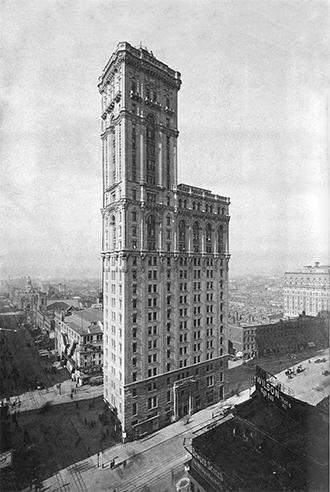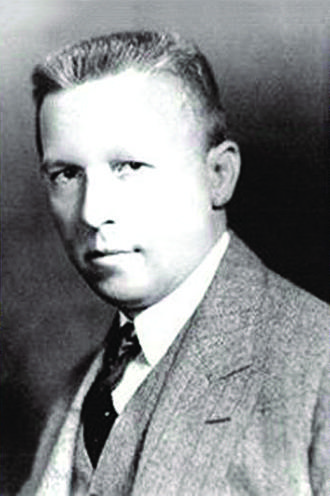Trending
This month in real estate history

1888: Iconic South Brooklyn hotel reopens after physical move
The Brighton Beach Hotel reopened for the summer season 130 years ago this month, after being relocated in its entirety several hundred feet inland, the New York Times reported. The wood-framed hotel — a favorite haunt for wealthy New Yorkers since it opened in July 1878 — had closed for about half a year to accommodate the move away from the Atlantic Ocean’s encroaching shoreline. It took 120 railroad cars to do the job and “not even a window pane was broken,” according to Brownstoner. William Engeman, a weapons dealer in the Civil War, established the Brighton Beach resort area in the late 1860s, after buying several hundred acres of beachfront property for a reported $20,000. He supposedly named it after the seaside town in England famous for attracting affluent vacationers, including British royalty. As the popularity of Coney Island and the surrounding neighborhoods grew, more development began to crop up, prompting most wealthy patrons to seek exclusive beaches elsewhere. The final straw, reportedly, was a 1908 anti-gambling law that prohibited betting at New York racetracks, officially ending one of the most popular pastimes at the Brighton Beach Hotel. By the 1930s, Engeman’s former seaside resort was overtaken by apartment complexes.

The New York Times headquarters in Manhattan
1903: New Times Tower marks the birth of Times Square
Construction on the New York Times’ new headquarters in Manhattan began 115 years ago this month, according to a story first published in the Ogdensburg Journal. The site of the 25-story tower, known as the Times Tower, was a triangular plot overlooking the neighborhood then known as Longacre Square. But the newspaper’s publisher, Adolph Ochs, convinced the city to change the area’s name to Times Square so the building could assume the address One Times Square. In another marketing stunt, on New Year’s Eve of 1904, Ochs staged the first annual fireworks show from the top of the tower — which was still under construction — and introduced the idea of a ball dropping three years later. The Times Tower was completed in 1905. The newspaper outgrew the space in less than a decade and relocated to a larger building about 200 feet away, on West 43rd Street, but the publication continued to own its former headquarters until 1961. The Times added an electronic news ticker to the building’s facade in 1928, inspiring the crop of neon signage that attracts tourists to the neighborhood today. One Times Square changed hands several times; in 1997, Lehman Brothers sold the building to Jamestown for $177 million.

Rosario Candala
1929: Park Avenue co-op project kicks off months before depression
A 19-story Upper East Side co-op building designed by the prolific Italian-American architect Rosario Candela snagged $2.5 million in construction financing 89 years ago this month, the New York Times reported. When the $2.8 million project at 770 Park Avenue was first announced in March 1929, plans called for 500 rooms that would be divided into 35 duplex apartments. By that July, the Times was reporting that the units would collectively sell for more than $5 million once they hit the market. The prediction seemed in line with the residential construction boom occurring along Park Avenue. But a few months later, the stock market crashed, and by the time 770 Park was ready for its debut in 1930, the Great Depression had begun. Real estate reporters wondered how Park Avenue’s slew of new apartments would fare, and one builder and operator, Benjamin Winter, told the Times that business was still humming along: “The general real estate market is surely sound, if inactive,” he said in a September 1930 interview. “After all, persons must have homes to live in, and they do insist on maintaining certain standards.”




